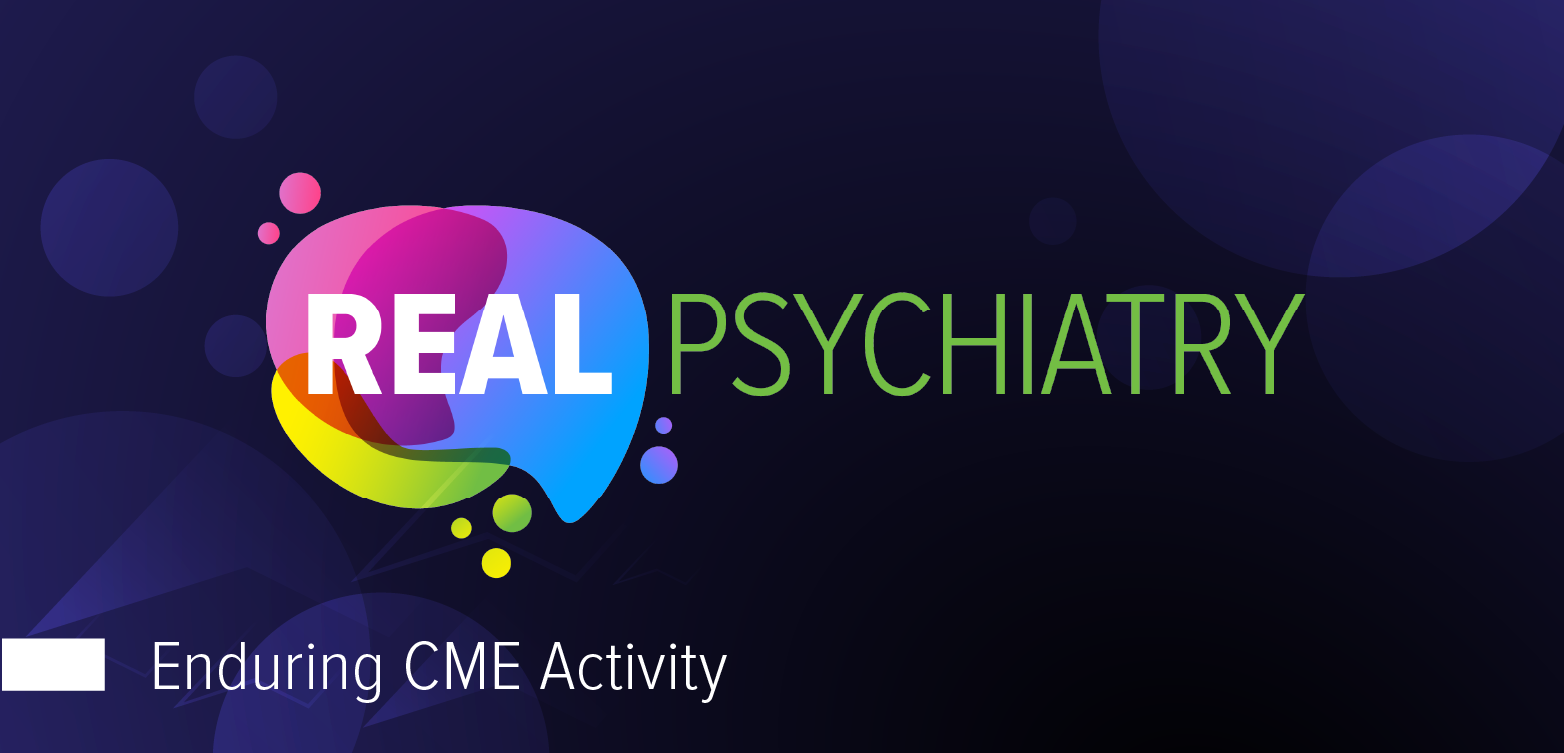Psychiatric emergencies usually involve some combination of agitation, aggression, impulsivity, psychosis, and risk of destructive behavior, including suicide and homicide. The psychiatrist must ensure the safety of the patient and others while identi- fying and treating immediate medical and psychiatric problems and developing and initiating a strategy for continuing the management of less immediate problems. In the diagnosis of acute behavioral disturbances, it is necessary to determine the role of the patient's primary psychiatric illnesses and any complications or treatments of those primary psychiatric illnesses, as well as the role of other medical or toxic disturbances that may be interacting with the patient's psychiatric illnesses or treatments.







